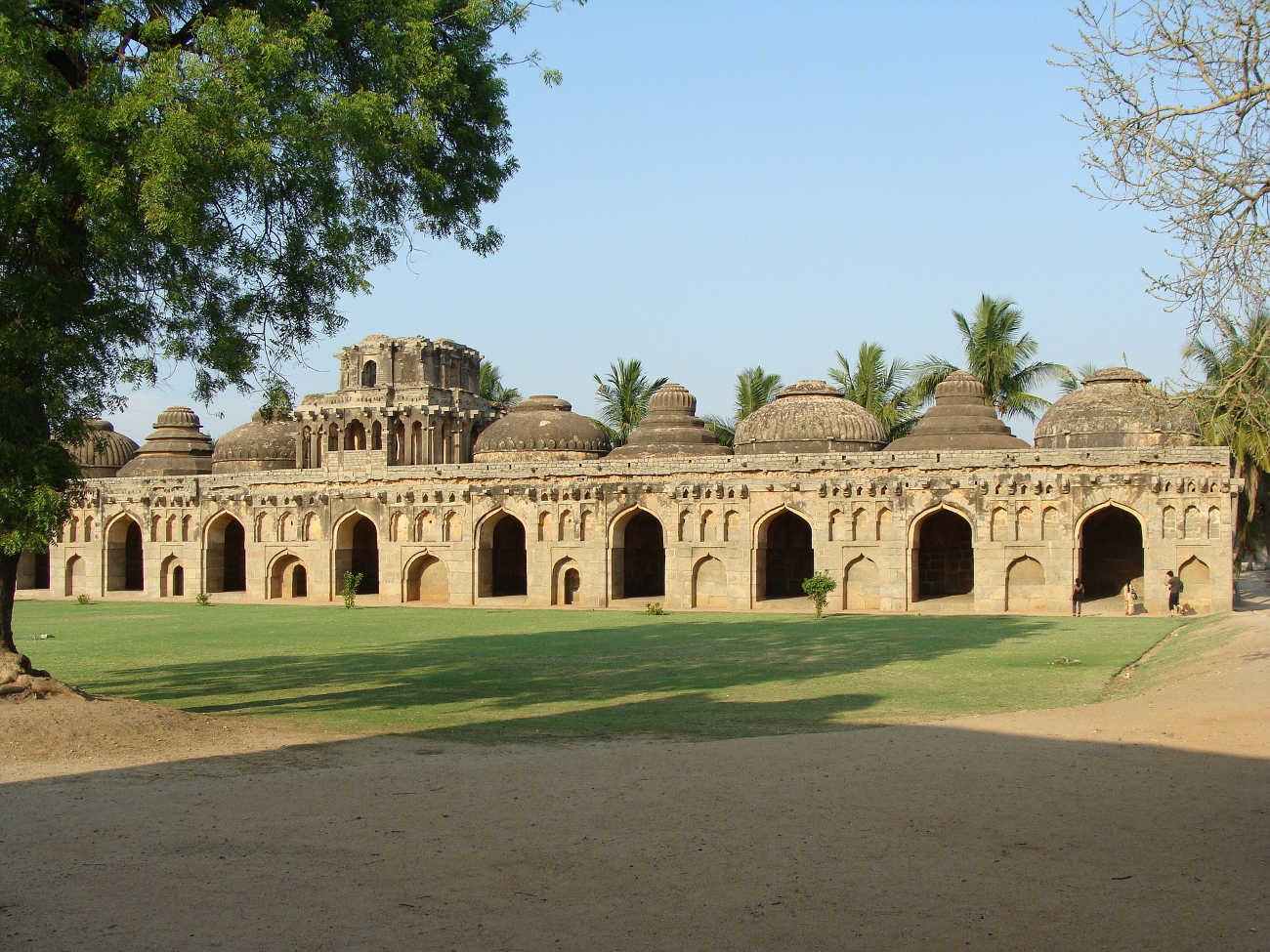NEW DELHI, India (ViaNews) – When attempting to preserve ancient empires, cities, and temples, there are competing notions of how this should be done. Should the sites be treated as if they are an outdoor museum and try to recreate them in all of their beauty and glory as they once looked hundreds or thousands of years ago? Or, should it be taken a more organic approach, recognizing and appreciating the current local population which makes the site a living heritage?
These two ideas have come head to head in recent years in Hampi, a magnificent UNESCO world heritage site city located in the state of Karnataka, India.
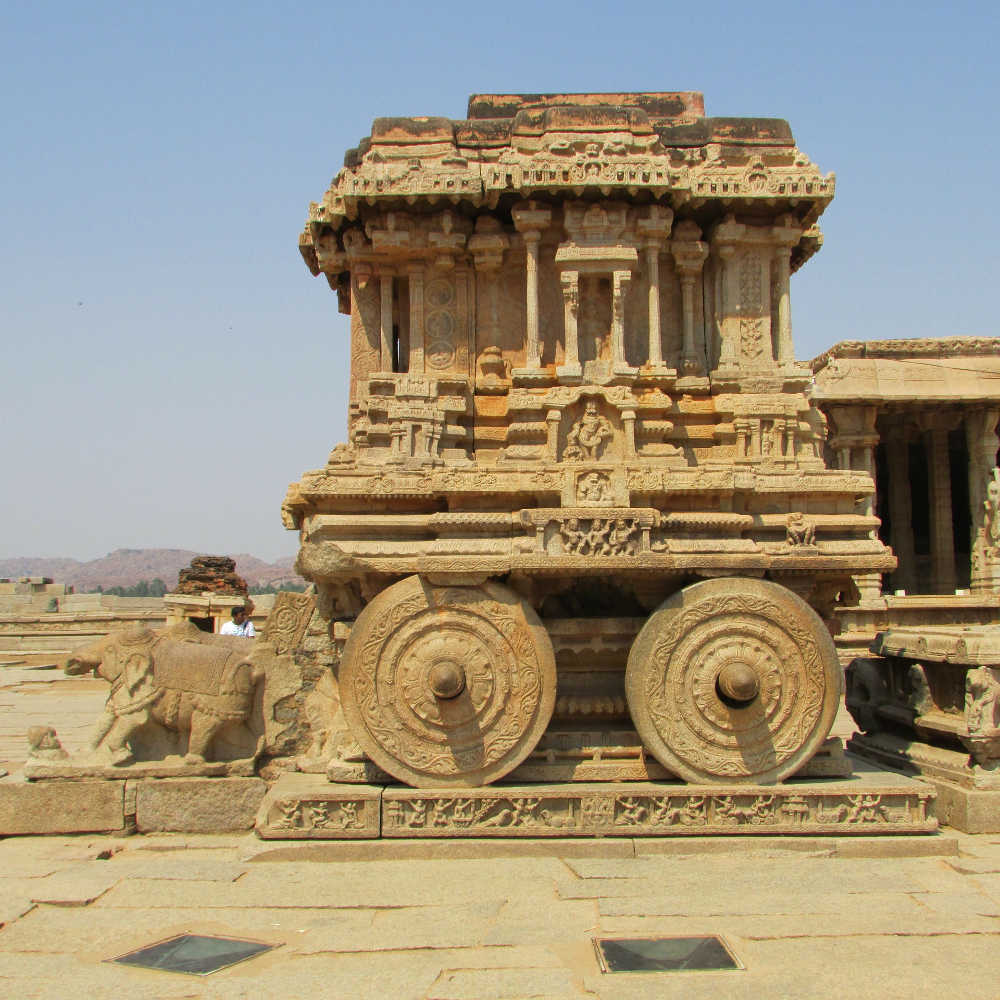
Once going by the name of Vijayanagara, this city was the capital of a sprawling empire that spread throughout much of the Indian peninsula. Filled with monumental and elaborate structures and temples, Hampi is one of the most well preserved sites in India, and some of its temples, such as the Virupaksha temple, are still in use today.
Due to UNESCO-raised concerns that irrigation and water-intensive agricultural practices, tourism, road traffic, pollution, and illegal quarrying are threatening the ancient city, residents and business owners today are facing the possibility that life as they know it could soon come to an end.
“The irrigation for water-intensive agriculture in the area poses a threat, especially to heritage structures located in agricultural fields, which could cause future conservation issues,” states UNESCO’s World Heritage Committee.
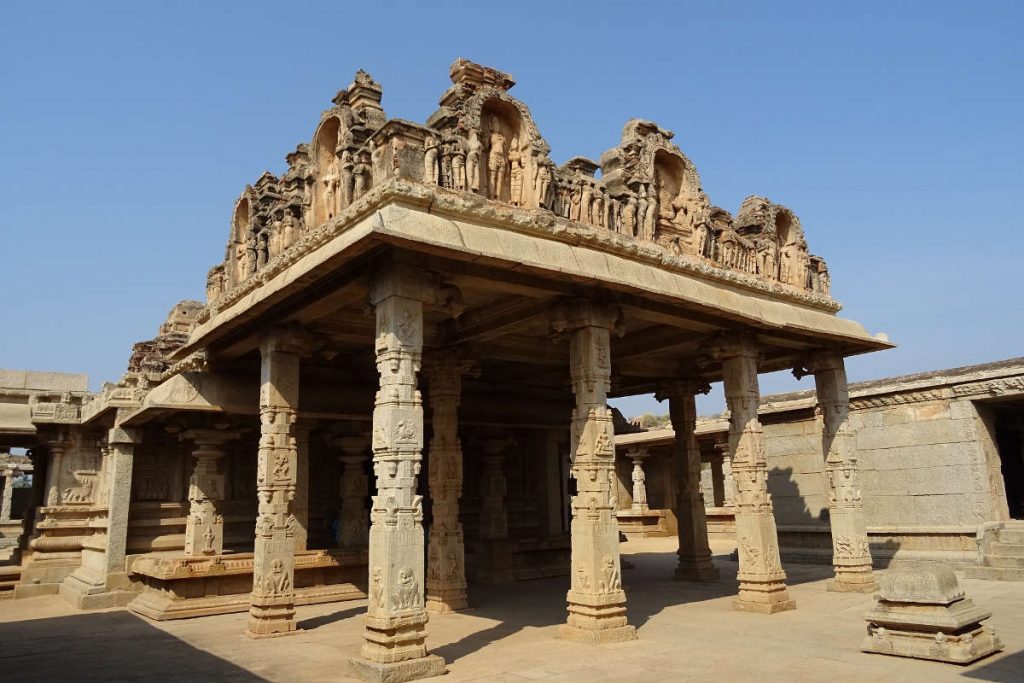
Primary concerns in this arena are raised over crops such as sugarcane and paddy that utilize water-logged fields. It is this form of agriculture that threatens to weaken the structural foundations of many ancient monuments.
R. Gopal, former Commissioner of the Hampi World Heritage Area Management Authority (HWHAMA), also states that “Some smaller monuments are on private land. Farming there has led to sinking of monuments…repairs have also been made due to dampness and wetness caused”.
It would be nearly impossible to stop agricultural practices from occurring in the region, however. Farming in Hampi has been carried out for centuries, and it is one of the cultural ethos of the city.
HWHAMA has created a plan in an attempt to deal with the damages, but it remains to be seen how it will be implemented. It includes prevention of wet crops from being cultivated where there are buried monuments, diversification of agriculture, creating awareness about sustainable agriculture, among others.
Road traffic, pollution, and similarly related tourist activities are also threatening the UNESCO site.
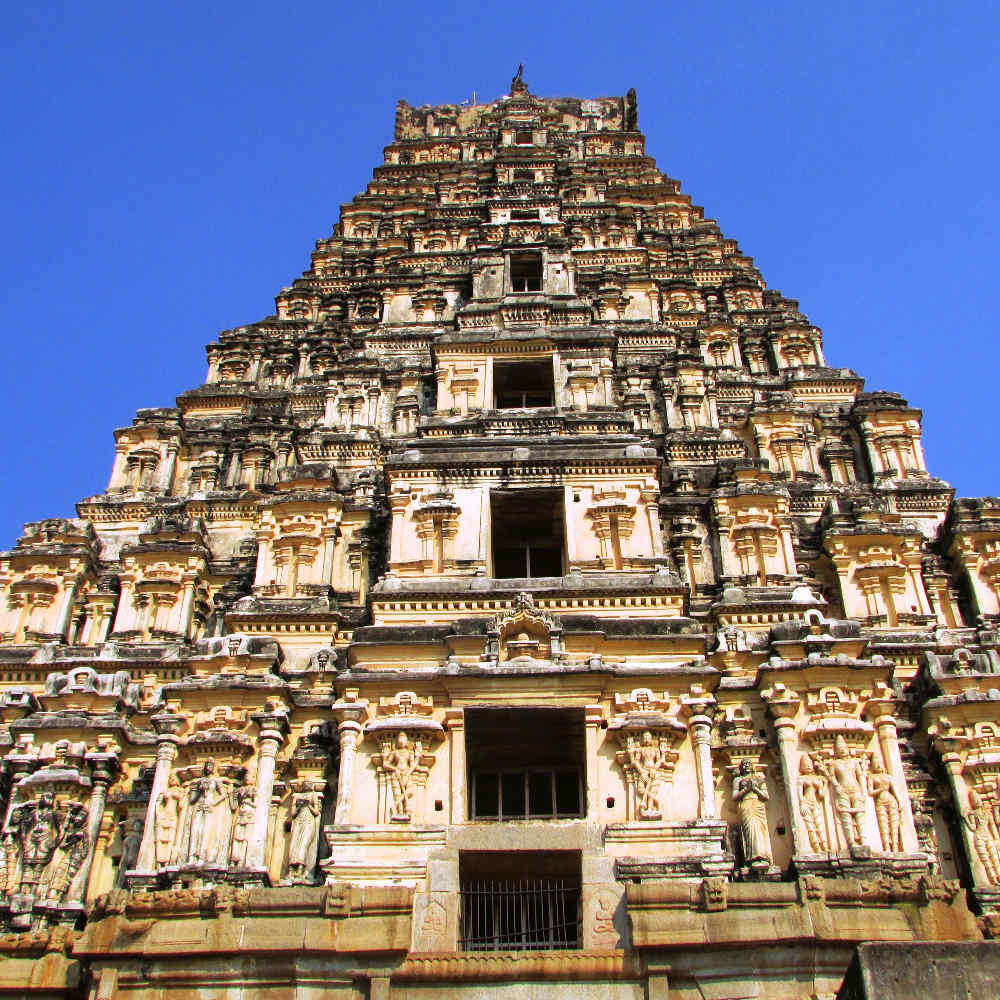
New roadways and buildings have illegally encroached upon marked site areas while huts, shops, and restaurants can be found just meters away from sites of archeological and historical significance.
The Hampi Master Plan, prepared by HWHAMA, mandates protection of the heritage site and regulation of development, but at least 100 structures have been illegally put up under the nose of authorities. Increases in vehicular and industrial pollution, largely a result of tourism, have worsened the fading of natural coloring used on historical sites such as the Virupaksha Temple.
The notion of evicting locals from their homes and businesses, including the ones that have been built legally, is not a far-fetched one. In 2012, authorities, on the pretext on conservation, evicted locals from their homes located within the ruins of the old Hampi bazaar.
At the time, The Guardian reported, “The men came in the middle of the night and painted red crosses on the houses chosen for demolition. In the morning the people who had lived and traded in the ruins of the old Hampi bazaar stood by helplessly as the bulldozers moved in. The past, they were to discover, had come back to haunt them.” They had been given twelve hours notice.
The decision came through the Karnataka high court, which sanctioned the HWHAMA and Archaeological Survey of India’s concerns that the site should be preserved in it pristine historical state. This required the removal of any and all modern interventions introduced by the inhabitants.
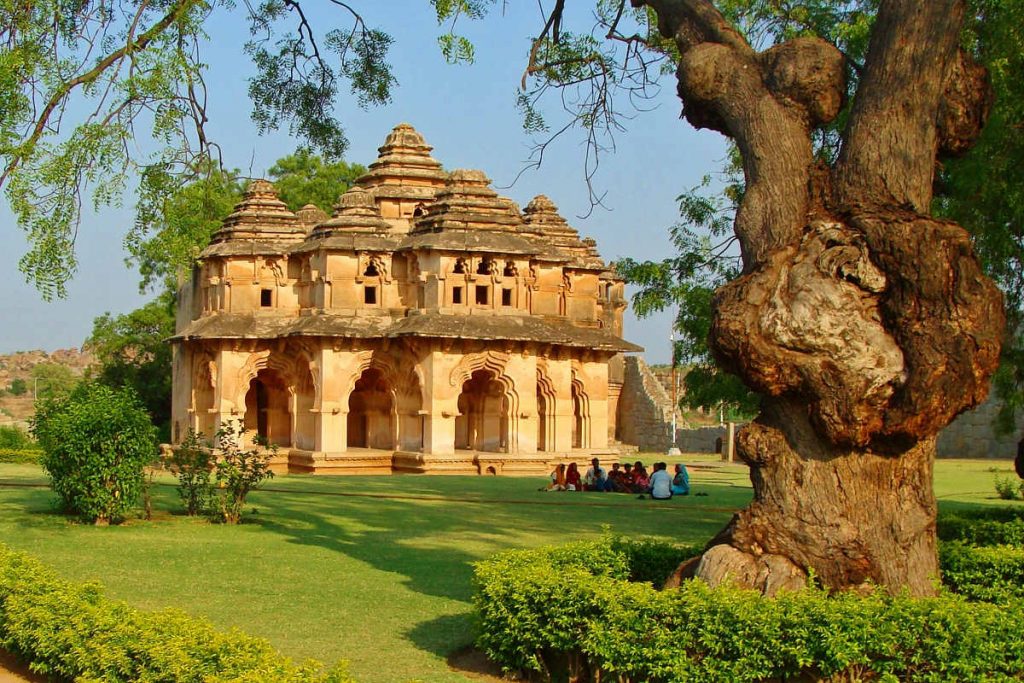
Today, residents rightfully continue to be fearful as they say that there is a new court decision to come next month regarding the demolition of homes and businesses located near major archeological sites. Tourists are also fearful that they will no longer be able to stay overnight in Hampi, and will instead have to take up lodging in nearby Hospet in order to visit the ancient city.
“I think about it every day. I’m scared. They want to close down my business but this is how I make my living. It’s something I don’t really like to talk about,” said Ravi, a local restaurant owner in Hampi.
The court’s upcoming decision regarding businesses and residences located near the historical sites remains to be seen. But the debate today is very much alive regarding the relative importance of preservation over displacement of the location population. It is a sensitive topic, and any strategy for managing the issues should be created in close consultation with the local populous.







